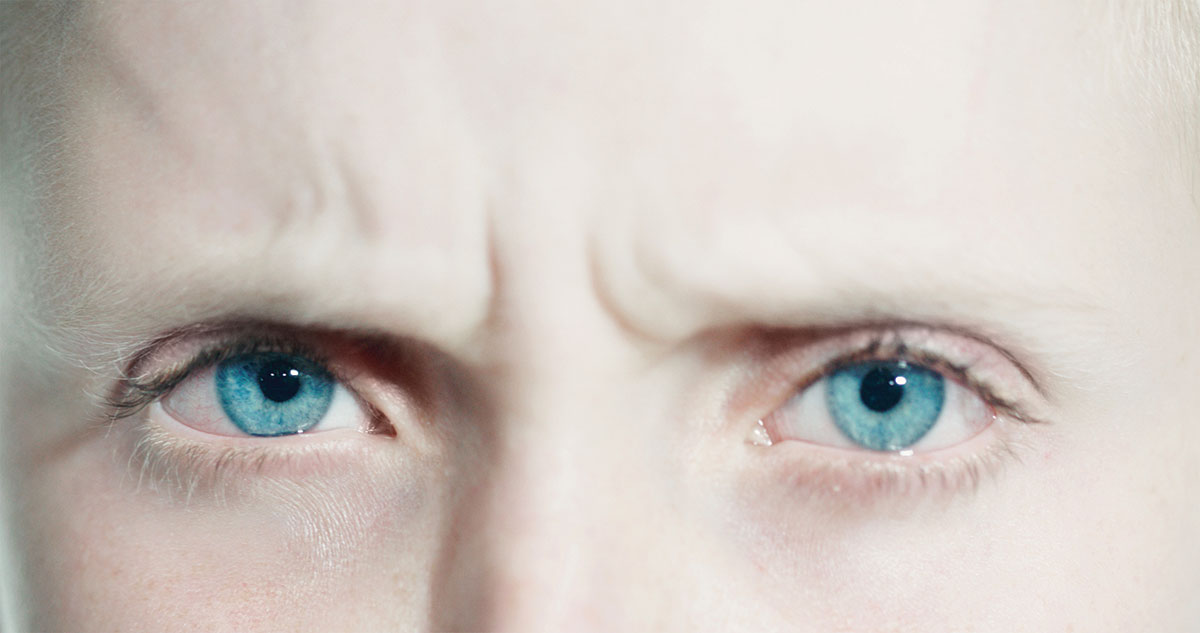
Veronica Smith-Casem says her 11-year-old son, who has dysgraphia, dyscalculia and attention deficit hyperactivity disorder (ADHD), has always been a cautious child, but anxiety became an issue when he started refusing to go to school. When she looked into his eyes, she saw that he was really frightened.
A recent study from researchers at the University of Washington (UW) highlights the fact that children with learning disabilities may also be prone to anxiety. “We saw [in brain scans] that children with learning differences have connections to the limbic system, or social-emotional brain, that kids without learning differences [the control group] did not have. The limbic system contains the amygdala, which is the part of brain involved with fear and anxiety. These kids are scared,” says Virginia Berninger, the study’s lead author and a professor of educational psychology at the UW College of Education.
These brain scans reinforce what many parents already know. “Kids with [learning differences] have all of the same worries that other kids have. But they have additional worries, too, worries that result from their ongoing learning struggles that other students will never experience,” says Kenneth Schuster, Psy.D., a clinical neuropsychologist at the Learning and Development Center at the Child Mind Institute in New York City.
The thing I’m always saying to my patients is that we need to think twice. Anxiety is the first thought: It jumps in and gets there first. But we have to teach our kids to think once with their worry brain and once with their fact-guy brain.
Clinging, crying, avoidance
If you’re wondering whether your child with learning differences is having anxiety issues, Tamar Chansky, Ph.D., author of Freeing Your Child from Anxiety, explains how symptoms manifest at different ages.
“Younger kids may just not be able to put into words what’s happening. You may see more clinging and crying behavior or difficulty separating from you or difficulty at bedtime. As kids become older, generally what you will see is avoidance. They’ll want to stay home sick on the day they have a presentation or camping trip,” Chansky says. “Kids can get angry and frustrated when they want to do the things that they are perceiving as impossible and they don’t know who to get mad at, so they’ll get mad at you.”
Anxious kids is anticipate a high-risk, threatening situation that someone else might perceive as a more neutral situation, Chansky says. “The thing I’m always saying to my patients is that we need to think twice. Anxiety is the first thought: It jumps in and gets there first. But we have to teach our kids to think once with their worry brain and once with their fact-guy brain.”
Finding help
For parents, addressing anxiety on top of the work they are already doing to help with learning issues can feel overwhelming. Luckily, not only is anxiety a highly treatable disorder, but we live in a place where treatment is close at hand. Smith-Casem’s son has participated in Seattle Children’s Taking Action Against Anxiety classes, which meet for nine sessions. Parents attend simultaneous sessions, titled “Helping Your Anxious Child.”
Smith-Casem says the classes gave the whole family a common language to use while talking about anxiety. The program is based on cognitive behavior therapy (CBT) interventions for anxiety, which research has shown to be very effective.
Parent Kelly Warner-King says seeing a therapist has been very empowering for her 16-year-old son, who has dyslexia and mild ADHD. “My son likes that therapy gives him tools to deal with his issues that he can use in his everyday life,” she says.
Find a CBT therapist by asking for a referral from your child’s doctor or searching the Anxiety and Depression Association of America website (adaa.org). Of course, the times we live in mean immediate help is also a click or a read away. Helpful websites include The Child Anxiety Network, the Child Mind Institute and GoZen. Parents can also teach their children how to work through their anxiety using the following books:
- Helping Your Anxious Child by Ronald Rapee et al.
- Freeing Your Child from Anxiety by Tamar Chansky
- What to Do When You Worry Too Much: A Kid’s Guide to Overcoming Anxiety by Dawn Huebner and Bonnie Matthews
No matter what route a parent chooses to take to help their child, experts say there is a right way to walk a child through their anxiety every time it appears. Chansky recommends these steps:
1. Breathe: Teach kids how to breathe deeply when they aren’t anxious, and during an episode, breathe deeply with them.
2. Empathize: “I know worry always bugs you when you have to give a presentation.”
3. Ask: “What is worry telling you about that situation?”
4. Think twice: Use fact-guy brain to answer: “What do you think will really happen? What do you want to have happen?” Make a plan together to help make that happen.
Ongoing support
Parents can also address anxiety through their child’s individualized education program (IEP) or an accommodations plan at school.
“Have their therapist participate in the IEP meeting and talk about what anxiety looks like for the child. Ask the child to pick a safe person in the school building they can go to when their anxiety is ramping up. That safe person also checks in with the child on a regular basis and encourages then to use their coping mechanisms to deal with their anxiety,” says Warner-King, who is the director of Synapse Learning Solutions, which matches students with learning resources.
For kids, learning how to deal with anxiety is much like learning how to deal with learning differences. “As kids grow up with learning differences, they get clear that who they are is separate from the way they learn. The good thing about making worry just one voice in your brain is that you know when worry is really bugging you, it’s worry that’s a bad guy, not you,” Chansky says.
Smith-Casem is slowly teaching her son this idea. “I tell him, ‘You get to choose what to do with your worries; you don’t have to listen to your worry brain.’” In other words, she says, “I’m the boss of this anxiety, it’s not the boss of me."











